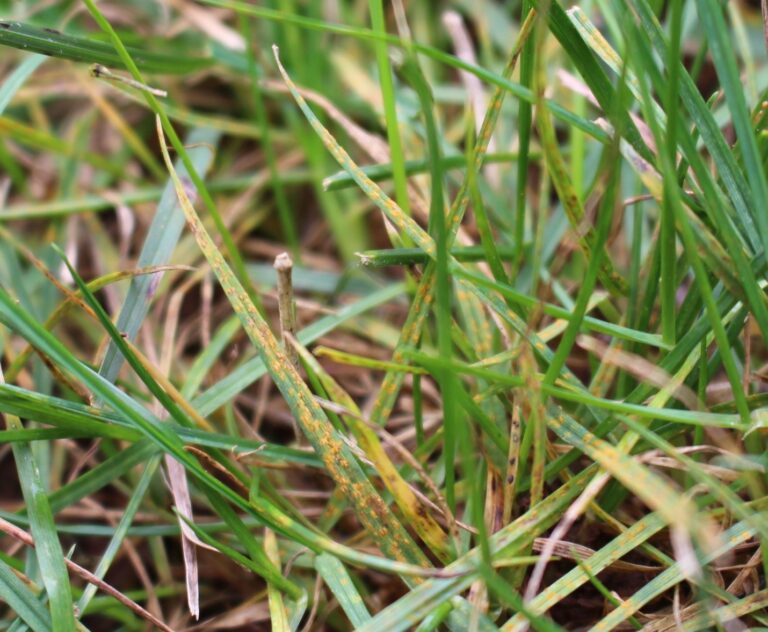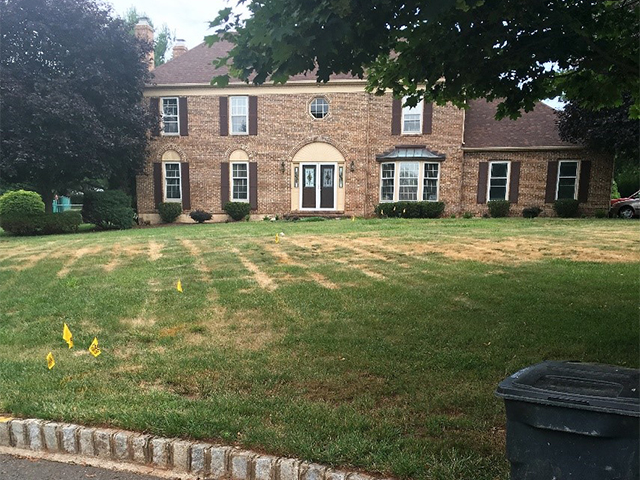
Lawn Rust Disease
What is Lawn Rust Disease? Lawn rust disease is a very common and harmless foliar fungus that develops on areas of turf that are slow growing. This disease can be found from mid-summer into the cooler months of the fall.

What is Lawn Rust Disease? Lawn rust disease is a very common and harmless foliar fungus that develops on areas of turf that are slow growing. This disease can be found from mid-summer into the cooler months of the fall.

Lawn disease can affect any lawn at any time; regardless of having a professional lawn care company or, if you are a do-it-yourself, lawn diseases can and will happen. A disease in a lawn can occur when a host (grass),
Home » You searched for core aeration » Page 3